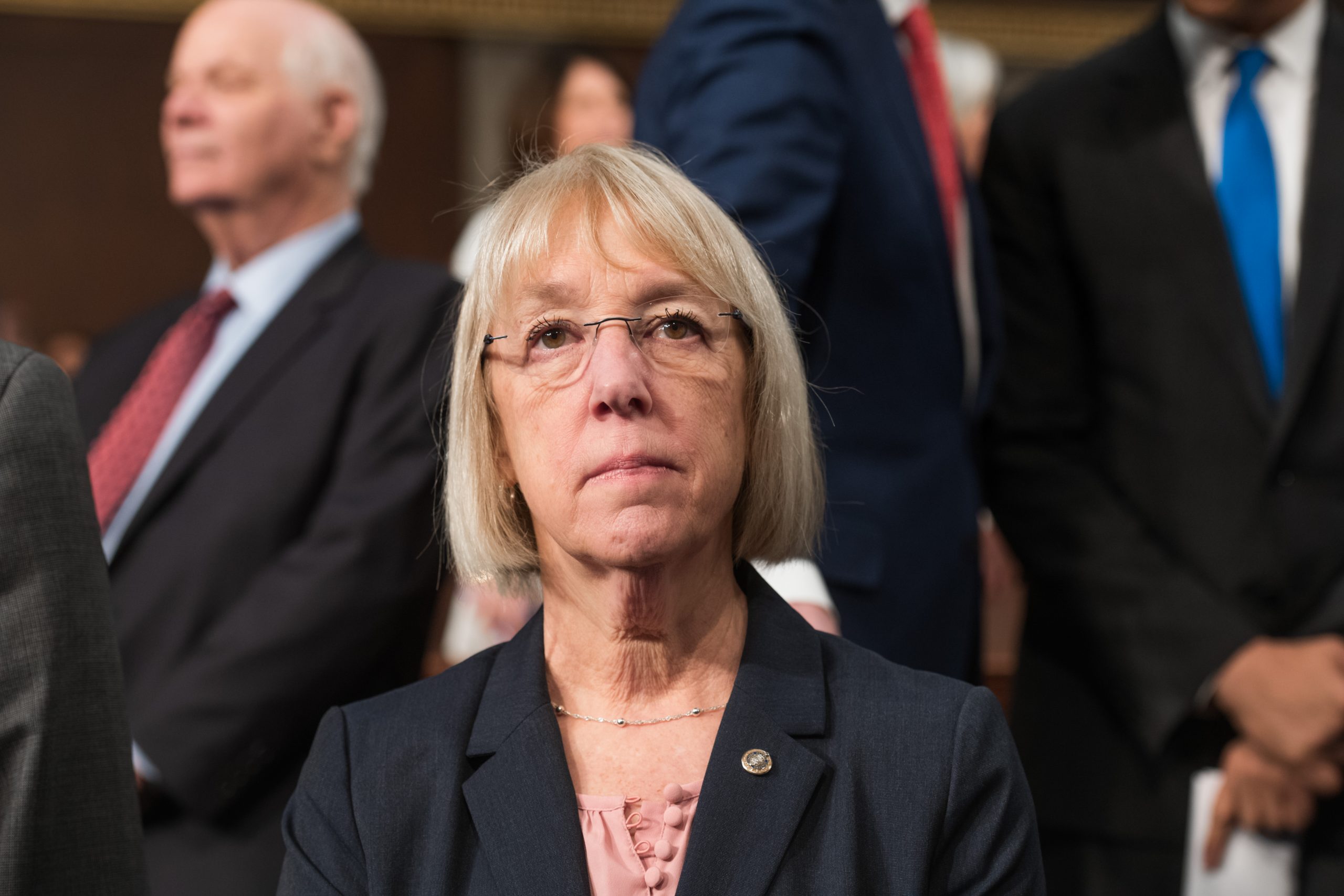Inspections reveal extensive repairs are needed to avoid catastrophic failure on Mt. St. Helens
(Washington, D.C.) – U.S. Senators Patty Murray (D-WA) and Maria Cantwell (D-WA), and Rep. Jaime Herrera Beutler (R-WA), sent a second letter to the U.S. Forest Service, the U.S. Army Corps of Engineers, and the U.S. Geological Survey, urging the administration to develop long-term plans for a failing tunnel in the Gifford Pinchot National Forest, adjacent to Mount St. Helens. Inspections over the past year have revealed the 1.6 mile tunnel, constructed following the 1980 Mount St. Helens eruption to provide an outlet for Spirit Lake to prevent flooding, is in need of extensive repairs. In the event of a tunnel failure, more than 48,000 people living in the region around Mount St. Helens could be affected, and mudflows could cause significant issues in the Columbia River, a major route for maritime traffic.
In May, Murray, Cantwell and Herrera Beutler sent a first letter to the same agencies, urging them to address the issue. In the second letter, the members stress the need for a long-term plan.
They write: “… we are concerned that your response failed to provide clear direction on developing a long-term, cost effective solution for stabilization of the lake level. Given the possibility of significant downstream impacts in the event of tunnel failure, we believe that a solution must be sought during the window of time that will be provided by the interim repair measures.”
Full text of letter is below:
September 24, 2015
The Honorable Tom Tidwell
Chief
U.S. Forest Service
1400 Independence Ave, SW
Washington, DC 20250
The Honorable Jo-Ellen Darcy
Assistant Secretary of the Army (Civil Works)
U.S. Army Corps of Engineers
108 Army Pentagon
Washington, DC 20310-0108
The Honorable Suzette Kimball
Director (Acting)
U.S. Geological Survey
12201 Sunrise Valley Drive
Reston, VA 20192
Dear Chief Tidwell, Assistant Secretary Darcy, and Director Kimball,
Thank you for the response from your agencies dated July 13, 2015, regarding our serious concerns with the state of the Spirit Lake Tunnel located on the Gifford Pinchot National Forest. The tunnel, which provides the only outlet for Spirit Lake, is in need of significant renovation and repair due to ongoing damage resulting from seismic activity in the dynamic geologic landscape of Mount St. Helens.
Although we are pleased to learn that funding has been secured and interim tunnel repairs are scheduled to occur later this year, we are concerned that your response failed to provide clear direction on developing a long-term, cost effective solution for stabilization of the lake level. Given the possibility of significant downstream impacts in the event of tunnel failure, we believe that a solution must be sought during the window of time that will be provided by the interim repair measures.
Subsequently, we request that the U.S. Forest Service fund and develop a report in cooperation with the U.S. Army Corps of Engineers and U.S. Geological Survey that will review and analyze an array of options for a long-term plan that removes the threat of catastrophic failure of the tunnel and takes the unstable nature of the surface geology into account. We believe it is imperative that the agencies use all available resources from academia to local and state emergency management personnel to national laboratories and others who can provide expertise and information toward the development of the best possible solution.
Due to the limited timeframe that will be provided by the interim measures, it is critical that the recommendations be developed and a report provided to us within the next 18 months. The report should address the following points:
- Review a minimum of three options and provide a recommended solution.
- Provide a data analysis and cost estimate for each option, including estimates on long-term maintenance costs.
- Explore and answer the following questions:
- Should the existing tunnel be repaired and renovated? If not, should it be decommissioned?
- Are there alternatives that can establish a more natural and sustainable outlet that works with the natural system and takes the dynamic landscape into account?
- Are there options that require less human intervention, and that provide less risk of hazard exposure to maintenance personnel
- What are the risks to downstream communities for each option?
- What agency(s) will be responsible for the construction and management of the recommended solution?
- What legal authorities are in place to carry out the recommended solution? Are additional authorities needed and would these require regulatory or legislative action?
- What are the funding resources needed by the agency(s) to carry out the recommended solution?
We are committed to working with your agencies throughout this process as the region seeks a solution to this pressing need. In keeping with this commitment, we request quarterly briefings with our staff and local stakeholders in order to foster information sharing and to keep us apprised of progress on the report. Please provide us with a contact list of the personnel that will take part in this effort as well as an outline of the process that will be pursued to complete the report within 30 days of the date of this letter.
Thank you for your assistance on this matter. We look forward to your timely reply.
Sincerely,
Jaime Herrera Beutler Patty Murray
Member of Congress United States Senator
Maria Cantwell
United States Senator
cc: Jim Peña, Regional Forester, USFS
Brigadier General Scott A Spellmon, Division Commander, USACE
Max Ethridge, Regional Director, USGS


